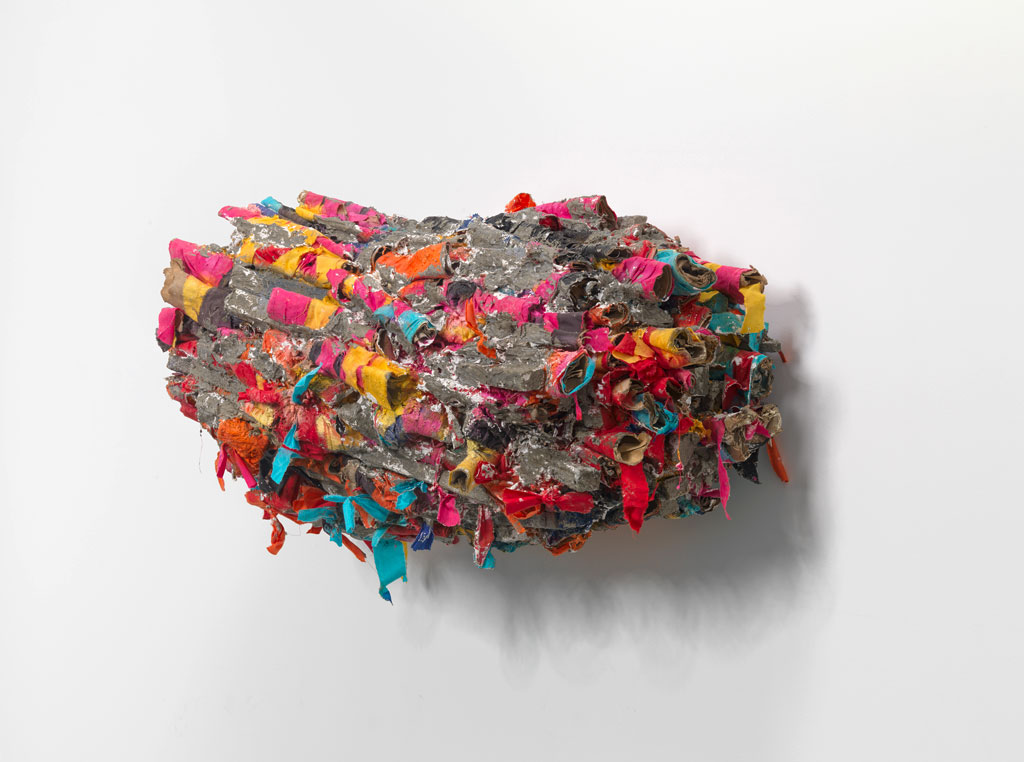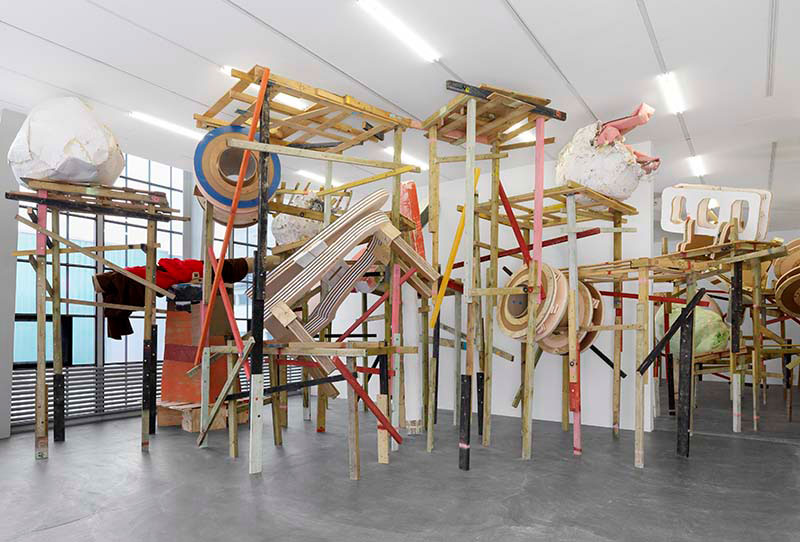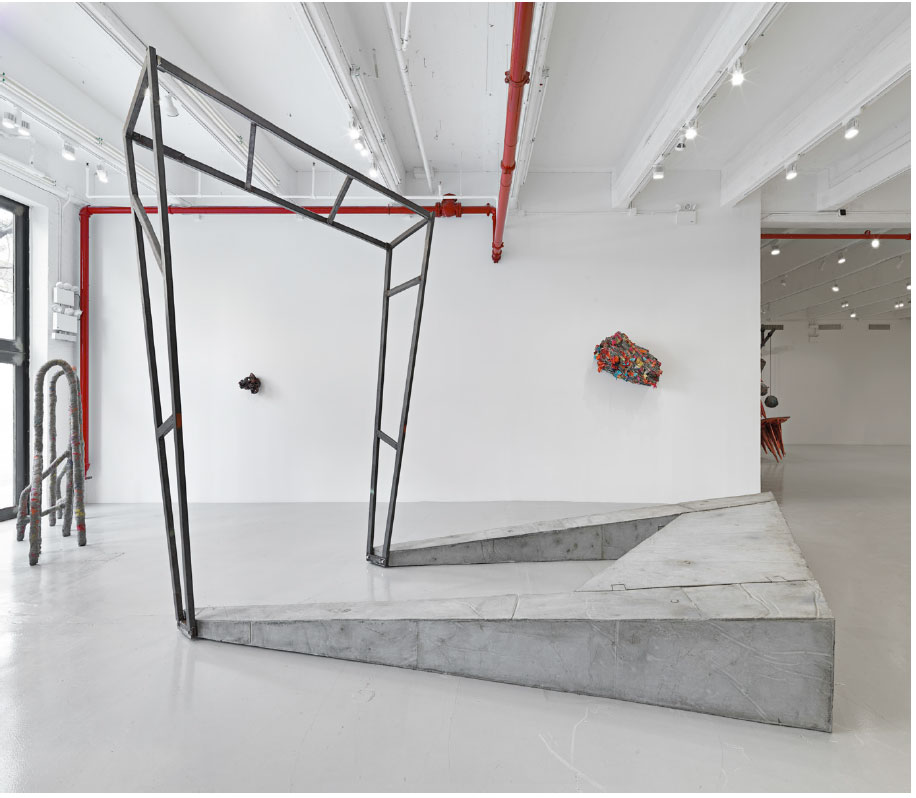ART-PREVIEW:Phyllida Barlow
 For more than 50 years, Phyllida Barlow has taken inspiration from her surroundings to create imposing installations that can be at once menacing and playful. She creates anti-monumental sculptures from inexpensive, low-grade materials such as cardboard, fabric, plywood, polystyrene, scrim and cement. These constructions are often painted in industrial or vibrant colors, the seams of their construction left at times visible, revealing the means of their making.
For more than 50 years, Phyllida Barlow has taken inspiration from her surroundings to create imposing installations that can be at once menacing and playful. She creates anti-monumental sculptures from inexpensive, low-grade materials such as cardboard, fabric, plywood, polystyrene, scrim and cement. These constructions are often painted in industrial or vibrant colors, the seams of their construction left at times visible, revealing the means of their making.
By Efi Michalarou
Photo: The Royal Academy of Arts Archive
Phyllida Barlow’s solo exhibition “cul-de-sac” has been conceived as a sequential installation running across all three of the interconnected spaces of Royal Academy’s Gabrielle Jungels-Winkler Galleries. Throughout her career Barlow has employed everyday materials such as cardboard, fabric, timber, polystyrene, plaster and cement in the creation of her work. By re-contextualising these materials, Barlow manipulates and combines them in unexpected ways, often with a finish which masks their former material property. Her large-scale sculptures move away from the norms of serenity, balance and beauty, favouring instead the creation of a sense of instability, obstruction and incongruity. They can often overrun the spaces they inhabit, instead of neatly complementing them. Barlow said, “The galleries form a cul-de-sac – the three spaces are linear in how they proceed from the first gallery to the third gallery. Returning from the third gallery back to the first gallery is an opportunity to see the works differently. The classical style combined with the great height of the first and third galleries suggest a former use very different from what it is now. This gives the three spaces an ambiguity, as if emptied out, their past erased, now vacant and ready for something very different from what they once were. I like this ambiguity very much”. Barlow’s ambition to explore the spaces her work occupies encourages her to stretch the limits of mass, volume and height, with her invented, abstract and frequently ‘off-balance’ forms. Humor is almost always present in her works due in some part to the appropriation of the material from which they are created, as well as striking an emotional charge in their ability to change the viewer’s physical relationship with the space. Color is of key importance to Barlow’s work and is often the starting point for her creative process. “cul-de-sac” has been informed by Barlow’s encounters with daily life in an urban environment and the industrial, bright colors within Barlow’s palette are frequently seen in construction sites. The body of work within the exhibition reveals Barlow’s exploration in the reduction of the number of elements in her work, establishing a sense of economy and leanness.
Info: Curator: Edith Devaney, The Royal Academy of Arts, Burlington House, Piccadilly, London, Duration 23/2-23/6/19, Days & Hours: Mon-Thu & Sat-sun 10:00-18:00, Fri 10:00-22:00, www.royalacademy.org.uk



